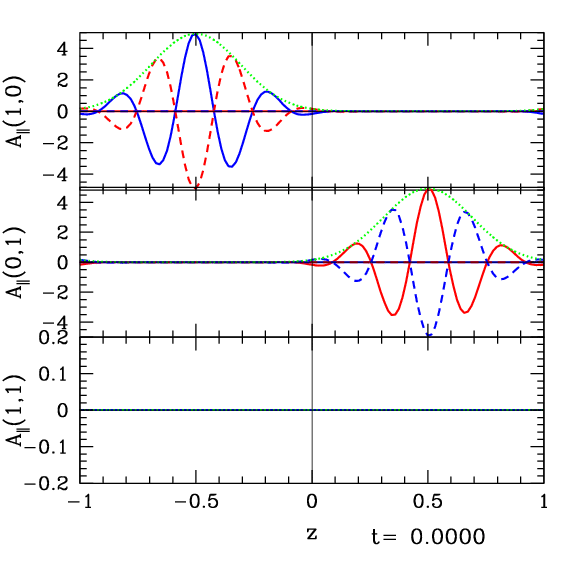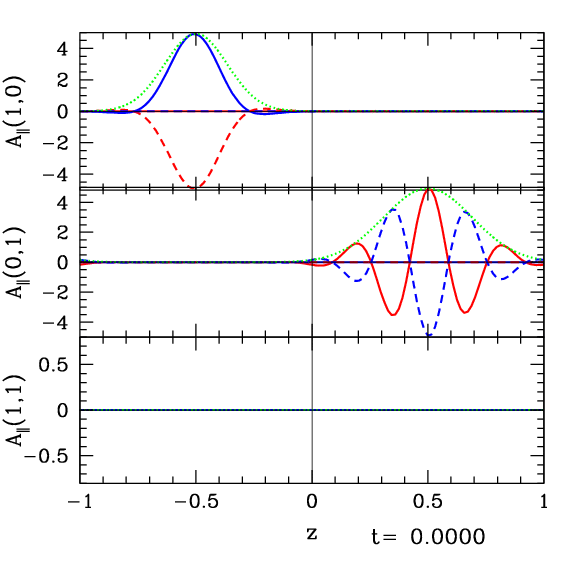Laboratory Experiments
One of the new efforts in my research program at the University of Iowa is to provide theoretical support for the design and interpretation of basic laboratory experiments on plasma turbulence through both analytical modeling and numerical simulation.
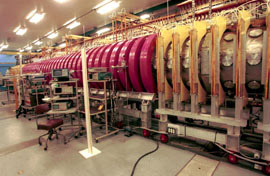
Recent experiemnt by Professors Craig Kletzing and Fred Skiff of the University of Iowa have explored the linear properties of both kinetic Alfven waves and inertial Alfven waves on the LAPD (Large Plasma Device) (pictured at right) at the Basic Plasma Science Facility at UCLA. In addition, Professor Troy Carter of UCLA has also explored the nonlinear evolution of finite amplitude Alfven waves on the LAPD. In collaboration with Professors Kletzing, Skiff, and Carter, Professor Howes and his Plasma Theory Computation Group propose to conduct a laboratory investigation of collisions between counter-propagating Alfven wave packets, the fundamental building block of plasma turbulence. To assist in the design of these experiments, Professor Howes' group will perform AstroGK simulations of linear and nonlinear Alfven wave dynamics.
One of the challenging aspects of the proposed research is that the plasma in the LAPD falls within a semi-collisional parameter regime, in which the linear physics of kinetic and inertial Alfven waves are generally poorly described by the collisionless Valsov-Maxwell kinetic theory and require an explicit treatment of the collisions. An crucial step in the use of AstroGK to model the Alfven wave dynamics in the LAPD is the use of an advanced collision operator in AstrOGK, recently developed by colleagues at the University of Maryland and Imperial College of London.
Graduate student Kevin Nielson has recently completed a linear study of the Alfven wave dynamics in the LAPD, verifying that AstroGK with the advanced collision operator does indeed reproduce all of the LAPD experimental results on linear Alfven wave behavior. Below are plots of the normalized frequency and damping rate vs. perpendicular wavenumber comparing LAPD experimental results (crosses) with AstroGK simulation results (triangles), along with analytical predictions from the collisionless gyrokinetic and Vlasov-Maxwell dispersion relations. These results demonstrate not only that the AstroGK results do reproduce the observed semi-collisional behavior in the LAPD plasma, but also that effects of finite frequency do not prevent the modeling of LAPD experiments using a gyrokinetic approach (which has averaged out the effect of the cycltron resonances).
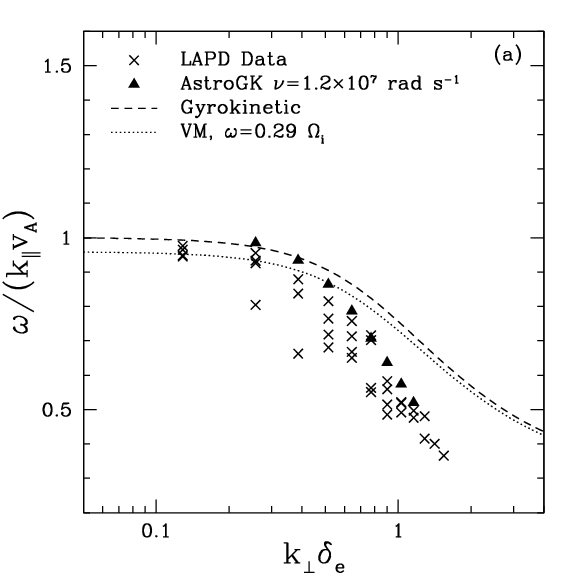
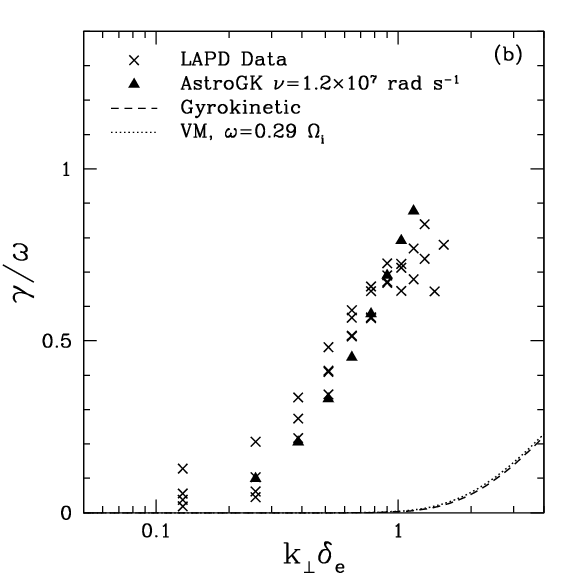
Simulations of Alfven Wave Collision Experiments
Below are movies of simulations of Alfven wave collisions using AstroGK.
